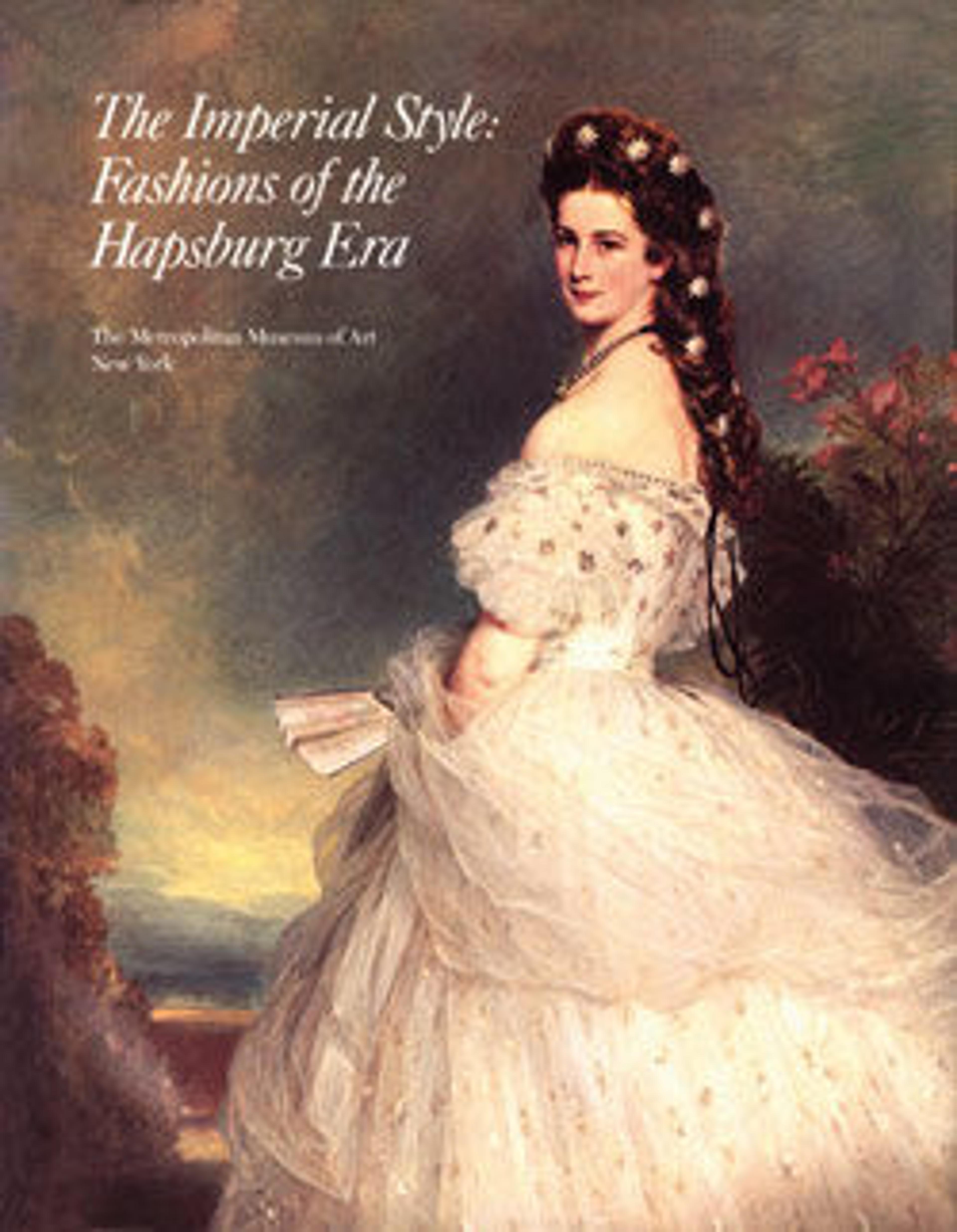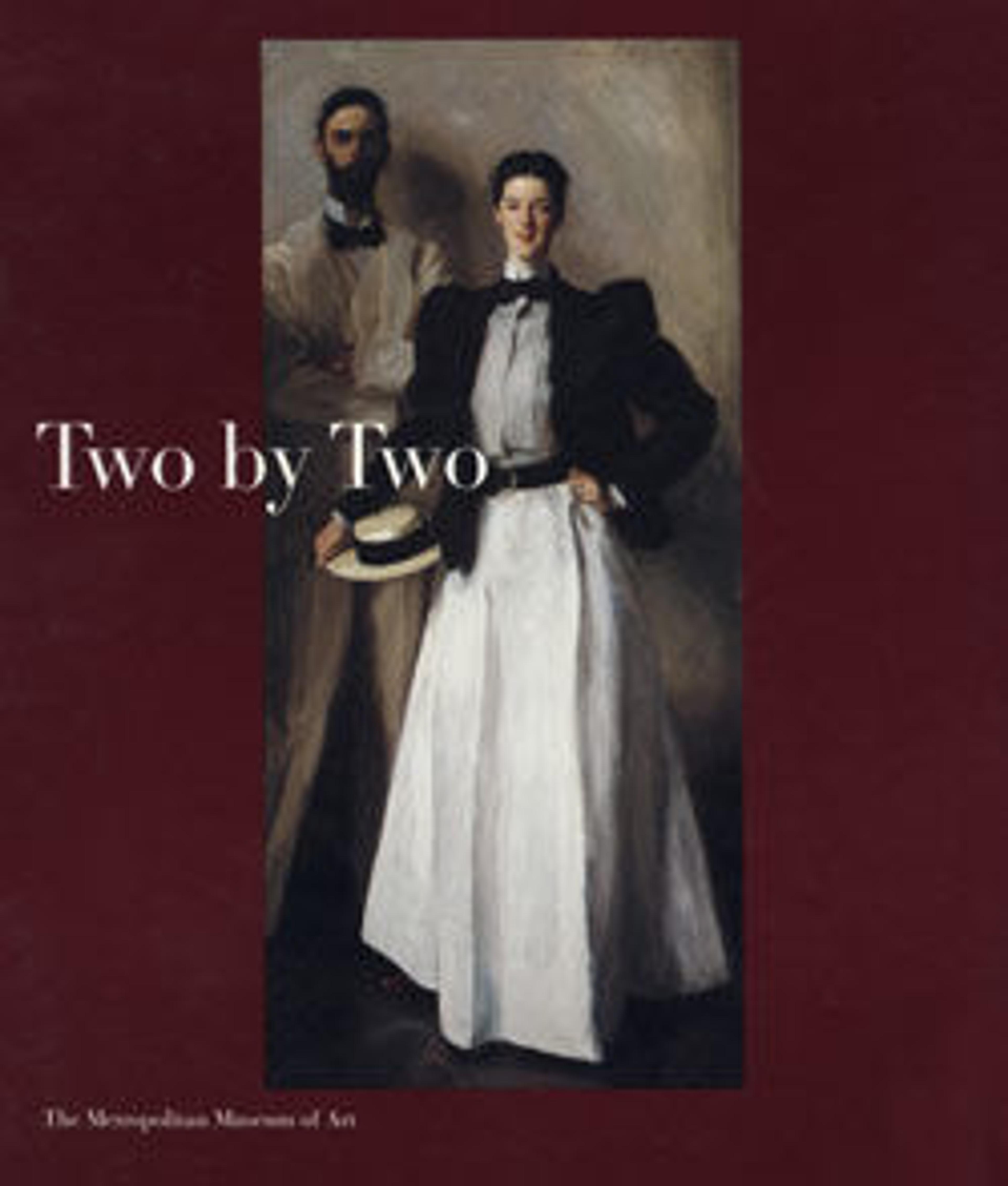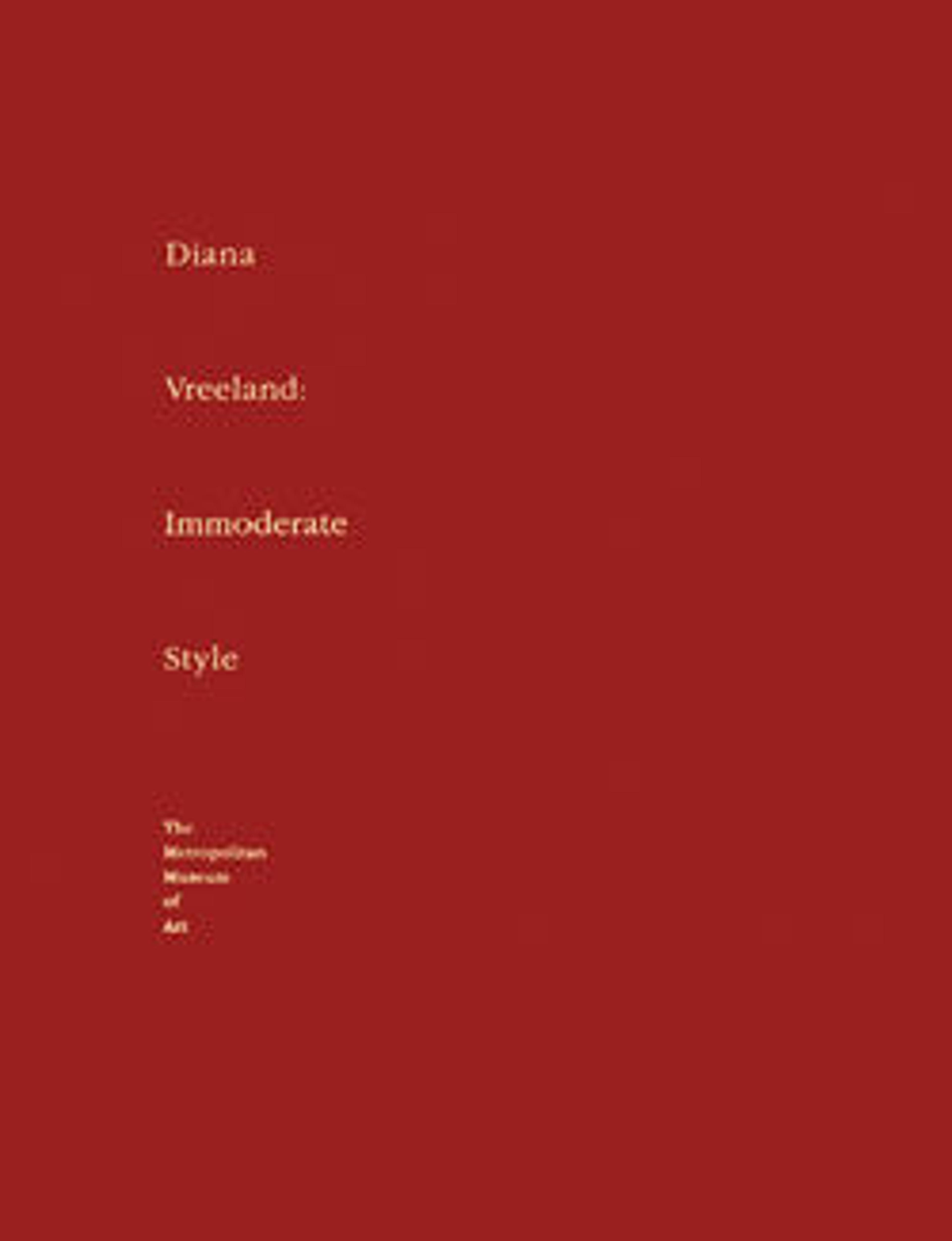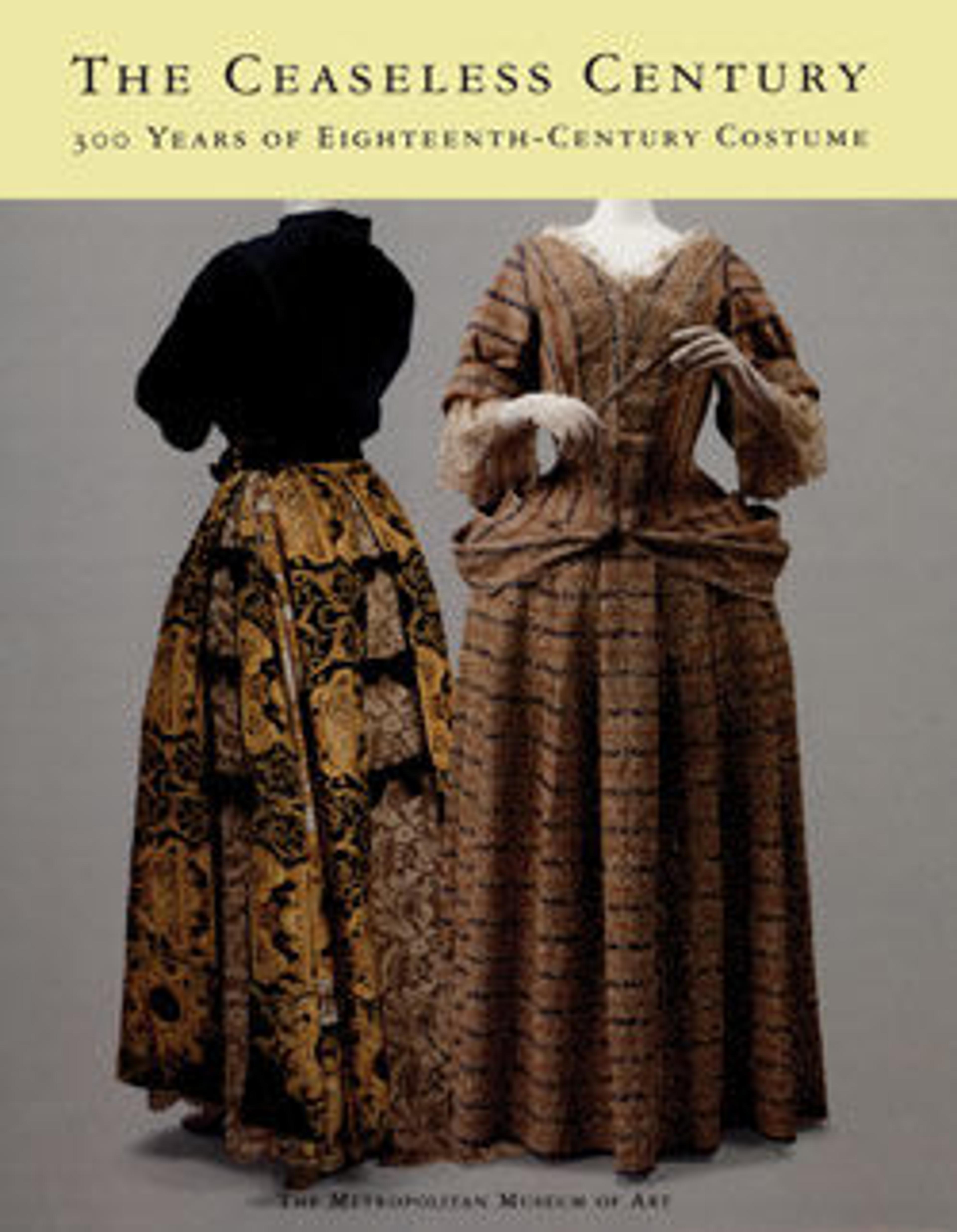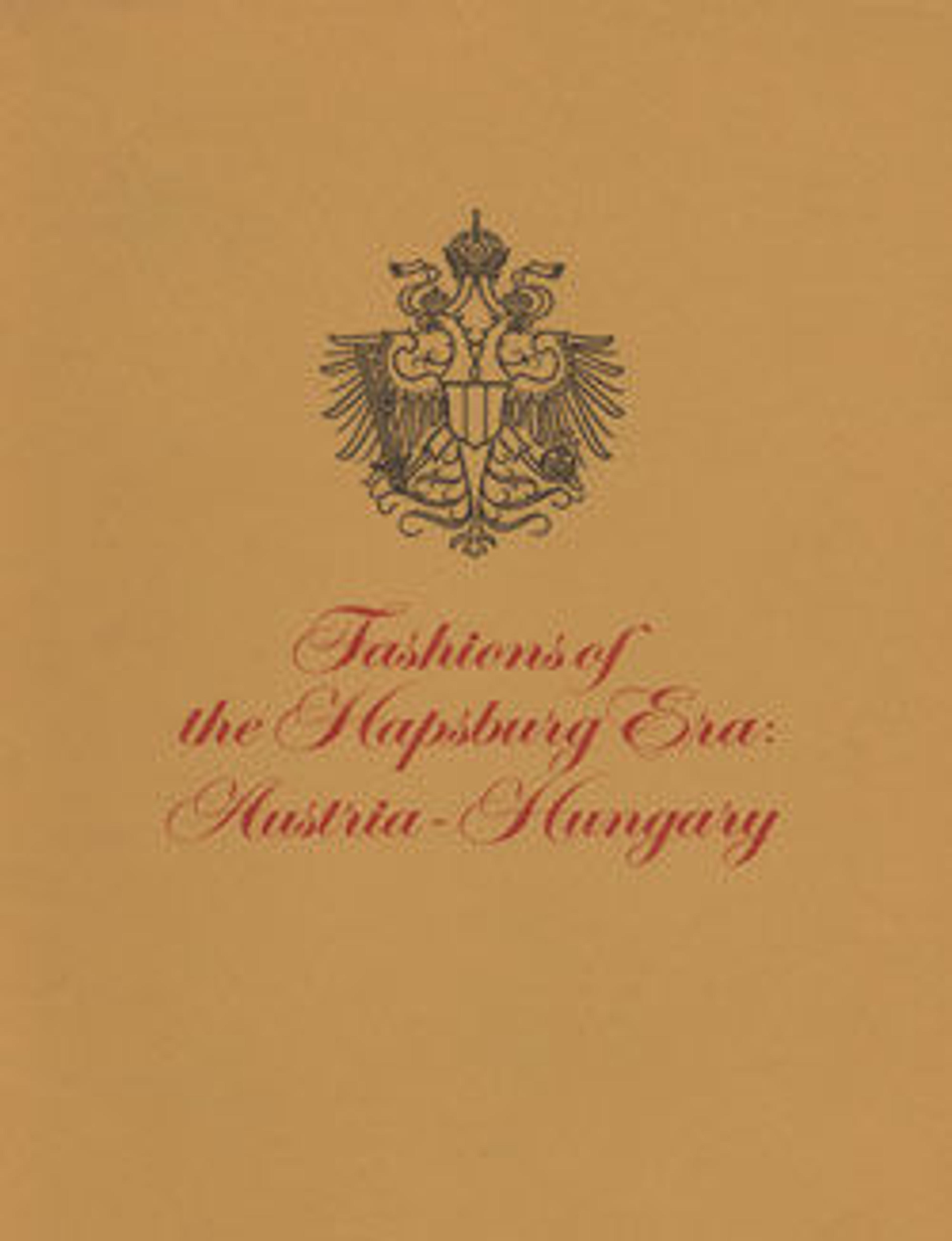
Fashions of the Hapsburg Era: Austria-Hungary
The fashions worn during the Hapsburg era in Vienna and Budapest had their own kind of uniqueness. This is not to say that well-dressed Austrians and Hungarians of the periods covered in the exhibition were out of touch with what was considered fashionable to the rest of the Western world. On the contrary, the upper-class Austrian and Hungarian ladies were well aware of the latest French fashions. The gentlemen, too, were very much in tune with the sartorial modes of the French in the eighteenth century, and later, in the nineteenth century, they turned to the English styles, with their accent on elegance and superb tailoring.
What was it, then, that made their fashions unique? It is important first to note that although the Hungarians were tied to the Austrian Hapsburg Empire in one way to another from 1699 until World War I, they remained culturally apart. The Austrians leaned both politically and ethnically toward the West. For centuries the Hapsburgs, through intermarriage and wars, were linked to many of the major courts of Europe. Marie-Antoinette, queen of France, and Marie-Louise, the second wife of Napoleon I, were both Austrians. The Hungarians, on the other hand, besieged by the Huns in the ninth century, occupied by the Mongols from 1241 to 1242, and conquered by the Turks between 1541 and 1683, developed a distinct taste for oriental styles.
These differences persisted side by side during the tenure of the Austro-Hungarian Empire, creating a courtly life-style and resulting in fashions unmatched in the rest of Europe. With centuries of continuous rule behind them, the Hapsburgs had developed strong traditions growing out of medieval chivalric attitudes. The knight's armor evolved into the resplendent uniform. The romance endured, if only in fantasy. The Austrian nobleman in his courtly military regalia was grandly prepared to fight for his lady's honor. The Hungarian hussars in their spectacularly orientalized array lent further color and richness to this illusion.
The view of women as fragile, defenseless heroines, which became so popular in Europe during the first half of the nineteenth century, was expanded and perpetuated in the Austro-Hungarian Empire. Although dressed in the latest Parisian fashions, most elegant Austro-Hungarian ladies asserted a mood of ultra-femininity by their preference for light, soft fabrics in pastel colors, and added extra trimmings of laces, ruffles, and ribbons to the already excessively feminine attire in vogue at that time. They seemed as delicate as pale flower petals and appeared in sharp contrast to the strong vibrancy of their uniformed "protectors."
For great imperial occasions such as coronations, weddings, and investitures, there were magnificent velvet court robes encrusted and shimmering with gold and silver embroideries embodying ancient symbols of rank, family, and authority. The Hapsburg nobility learned from Burgundian dukes of the fifteenth century to enhance its status by extending a show of opulence and a heraldic identity to male household attendants. This practice, later codified by the Spaniards into court etiquette, was limited to the most prestigious families and called for strict adherence to its rules. While the livery worn by servants was never as luxurious as the attire of their masters, it was, nevertheless, very well made, colorful, and a matter of pride to the house it represented.
World War I ended a courtly life-style that to the outside world must have had the aura of legendary romance. Neither the beautiful empress Elisabeth, nor her son, Crown Prince Rudolf, could come to terms with the illusion that dominated their lives. Yet even the tragic life of the empress and the suicide of the crown prince served only to fire the imaginations of those who wanted to believe in it.
By the opening years of the twentieth century, the symbolism of the Hapsburg double-eagle was sadly out of step with the times. There were, however, less august but more visionary Austrians who began to prepare to meet the new era. As a part of this advance movement the famous Wiener Werkstätte was established in 1903. Here innovative artists with the help of recent technology set about to produce applied arts that would be more compatible with the new aesthetic values and changing patterns of living that the twentieth century held in promise.
Although the world of the Hapsburg dynasty no longer exists, the surviving costumes help to evoke for us some of the vanished splendor, charm, and fantasy of the Austro-Hungarian imperial era.
You May Also Like
Press the down key to skip to the last item.
